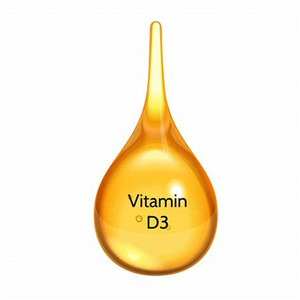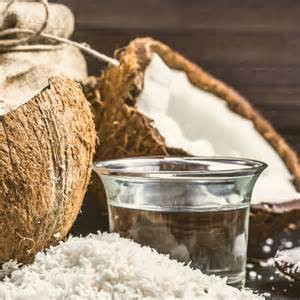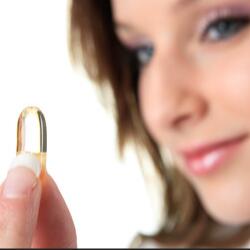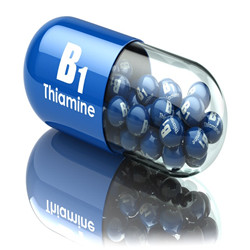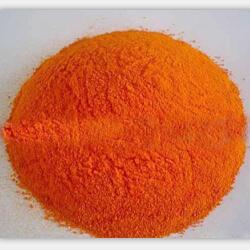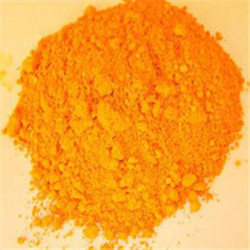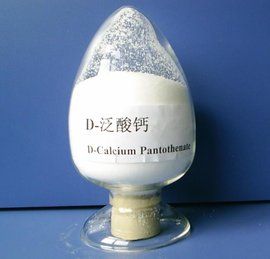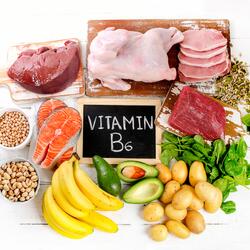Vitamin D is a vitamin. It can be found in small amounts in a few foods, including fatty fish such as herring, mackerel, sardines and tuna. To make vitamin D more available, it is added to dairy products, juices, and cereals that are then said to be “fortified with vitamin D.” But most vitamin D – 80% to 90% of what the body gets – is obtained through exposure to sunlight. Vitamin D can also be made in the laboratory as medicine.
| Product Name |
Type |
Assay |
CAS |
Package |
Shelf life |
| Vitamin D3 Oil |
Feed Grade |
1,000,000IU/g to 15,000,000IU/g
or as per need |
67-97-0 |
25kg/drum |
12 month |
| Vitamin D3 Oil |
Food Grade (MCT) |
1,000,000IU/g min. to 20,000,000IU/g
or as per need |
67-97-0 |
25kg/drum |
12 month |
| Vitamin D3 Oil |
Food Grade (Corn Oil) |
1,000,000IU/g min. to 20,000,000IU/g
or as per need |
67-97-0 |
25kg/drum |
12 month |
| Vitamin D3 Crystal |
Pharma Grade |
38,800,000 to 41,200,000IU/g min
or as per need |
67-97-0 |
100g/bag,
10bags/drum;
1/2/4 drum/carton. |
2 years |
| Vitamin D3 Powder |
500 feed grade CWS |
500,000IU/G min. (HPLC method)
or as per need |
67-97-0 |
25kg/carton |
12 months |
| Dry Vitamin D3 Powder |
100,000IU/g,
400,000IU/g,
500,000IU/g, etc |
90.0-110.0% |
67-97-0 |
10/25kg/drum/ctn |
2 years |
Previous: Vitamin H (D-Biotin)
Next: Maltodextrin

